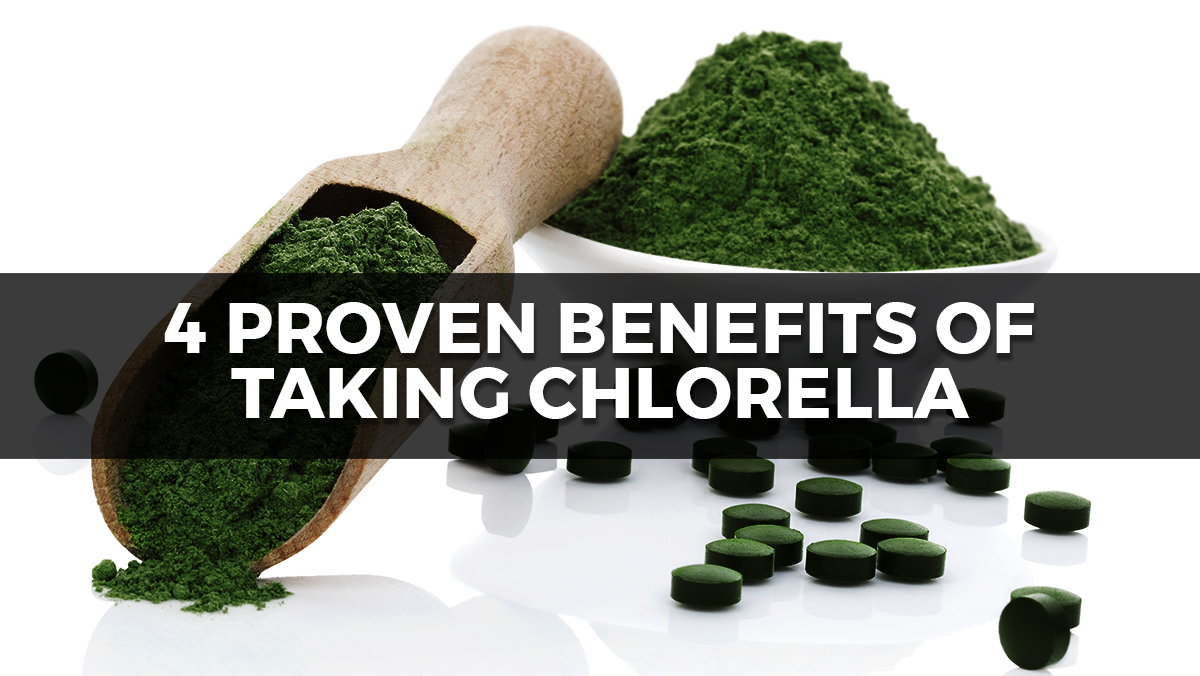(Homesteading.news) It may be cold outside and where you live there might even be snow on the ground – a lot of it – but that doesn’t mean now is a bad time to get some veggies planted.
In fact, there are a whole host of herbs, vegetables and other edibles that you could have even begun planting in January, but as they say, it’s never too late to get started.
Granted, you obviously won’t be able to put seeds in the ground, however you can and should get started with indoor planting now, in order to get a jumpstart on your spring and summer crops.
Let’s take a look at what you should consider planting the first three months of the year.
January
— Tomatoes and Peppers: Most of these will take 6-8 weeks to reach transplant size; plan according to your winter time zone. You can transplant to a larger indoor pot if you want but that’s double the work.
Some varieties to consider for tomatoes: Roma, Cherokee Purple, Heirloom Blend, Brandywine
Some varieties to consider for peppers: Early Jalapeno, Super Chili, Sweet Banana

— Onions: Late January is a good time to plant if you live in a warmer gardening zone; otherwise, if your winter lasts longer, wait until the first week to 10 days in February. You should let them grow to five or six inches, then cut the tops back to about three inches, then repeat. This will strengthen the onion’s root structure.
Some varieties to consider for onions: Sweet Yellow Spanish, Candy Hybrid, Sweet White Walla Walla
— Herbs: Without question these are the most popular indoor/winter plants. You can use a grow box or other indoor grow kit.
Some varieties to consider for herbs: Parsley, Thyme, Basil, Chives, Oregano
February
— Brocolli: This is a great late winter crop if you live in warmer parts of the country. Plus, if you put in the ground towards the middle-to-end of the month you’ll be able to get your crop harvested before the harsh summer sun sets in.
Suggested variety: Calabrese

— Outdoor herbs: Some of the best herbs for growing in hot climates include basil, oregano and sage.
Other suggested varieties: Dill, Italian Basil, Greek Oregano
Also: Lettuce [before the hot summer sun wilts it] – Buttercrunch, Black Seeded Simpson; Onions, Peppers, Tomatoes
March
As March arrives it is the perfect time to consider transplanting your winter growth. Again, adjust to your climate region, but a number of crops are going to be ready for the ground.
— Beets: Get them in early for an early summer treat.
Here is a variety suggestion: Detroit Dark Red
— Broccoli: Plant early before the summer sun takes its toll.
Suggested variety: Calabrese
— Carrots: You can plant these again in July for a fall harvest.
Some varieties to consider for carrots: Scarlett Nantes, Little Finger

— Corn: This is a fast-growing, delicious veggie that tastes great straight from the stalk to the steamer. Start with a smaller plot and work your way up.
Some varieties to consider for corn: Sugar Buns, Incredible
— Cabbage: You’ll find this crop one of the easiest to grow – and most rewarding.
Varieties: Golden Acre, Premium Late Flat Dutch
Other crops you can put out in March in some parts of the country include:
Peas
Onions
Peppers
Spinach
Lettuce
Summer Squash
Melons
And get your tomato and pepper start-ups in the ground!
Homesteading.news is part of the USA Features Media network of sites. For advertising opportunities, click here.






















